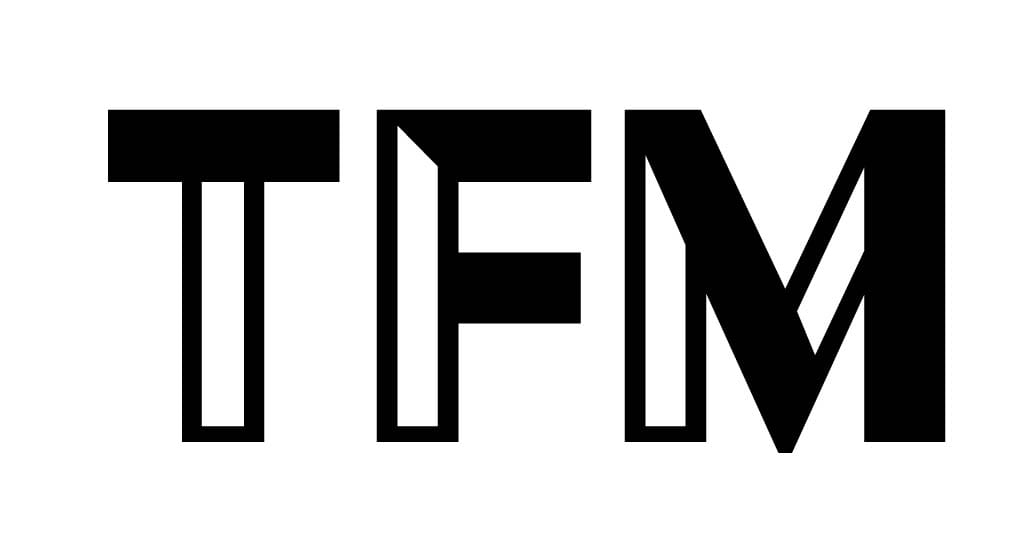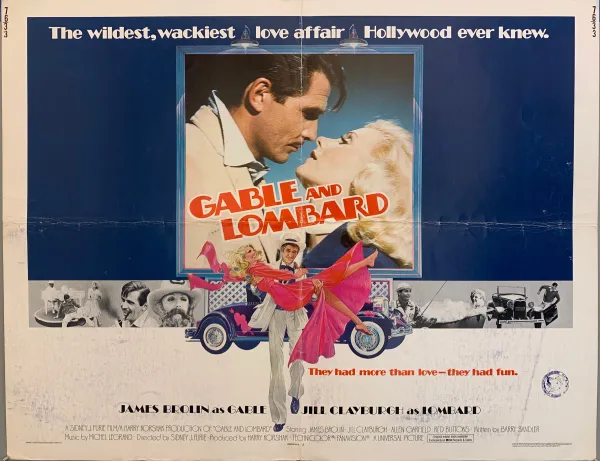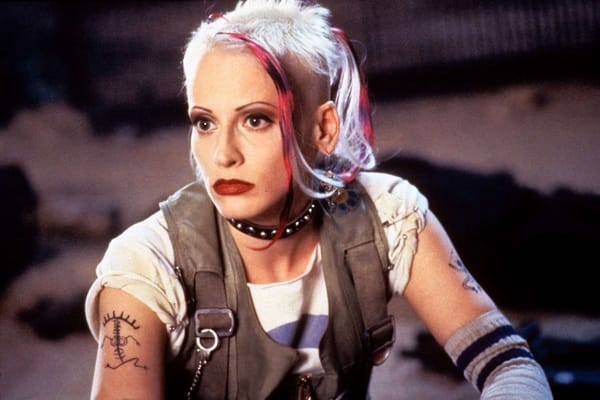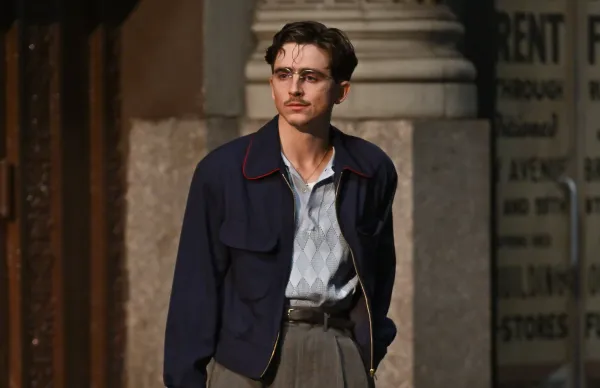Popcorn Disability: Mark in 'Friday the 13th, Part 2'
He's not the final girl. He's not killed first. He's just Mark!
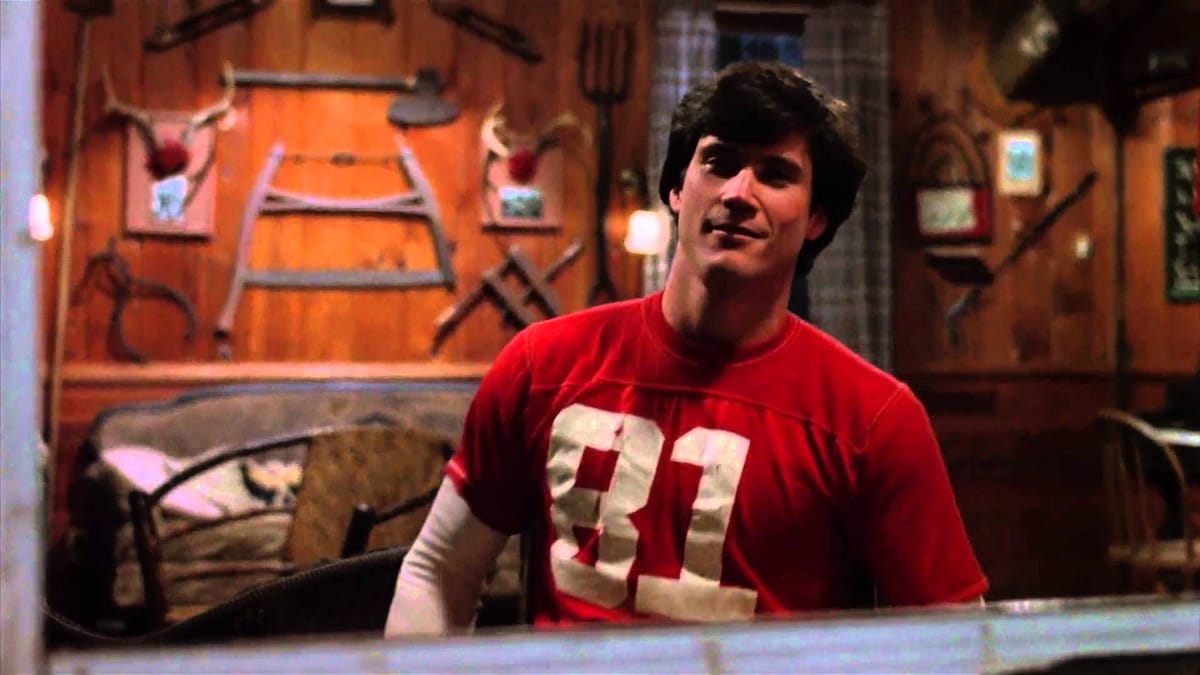
This post is free but it’s worth it to become a paid member of The Film Maven community! Paid subscribers are the backbone of The Film Maven who support independent journalism, as well as female- and disabled-created content. Paid Film Mavens get access to one-two exclusive articles a week including access to my series The Trade and Popcorn Disabilities, as well as the ability to chat with me on The Film Maven's Discord server.
Don't want to commit to a subscription? Leave a tip to show you enjoy what you're reading.
Enjoy what you’re reading? Share it with friends. Help us get to 1,000 subscribers by the end of 2025 and I’ll do a full written and video review of Francis Ford Coppola’s Megalopolis.
Read more about the history of disability in film by pre-ordering my upcoming book, Popcorn Disabilities: The Highs and Lows of Disabled Representation in the Movies. I not only expand on what you’re reading here, but examine the stereotypes, tropes, and the good, bad (and really ugly) of disabled movies. Preorder the book by clicking this link! Send me proof of your preorder and I’ll give you a paid subscription to The Film Maven for one year!
This formerly paywalled post is now free for Halloween!
An interesting article is still interesting no matter when it comes out, or at least that’s what I’m saying to justify putting out a piece about Friday the 13th on Monday the 16th. That’s a future franchise! But in all honesty, the horror genre has always been hospitable to disabled characters and storylines, whether that’s actual characters with disabilities or significant disabled coding in the narrative. Isabel Christine Pinedo writes in Recreational Terror: Women and the Pleasures of Horror Film Viewing that “much as the horror film is an exercise in terror, it is simultaneously an exercise in mastery, in which controlled loss substitutes a loss of control.”
To watch a horror film, as an abled person, is to look at a portrayal of disability and safely see the fantasy within it. As much as monsters don’t exist so does the belief that, as a healthy person, disability cannot touch you. But, with disability grounded in reality, age, pandemics, and general health bringing people closer to it everyday, the remove of watching a horror movie puts the viewer on the knife’s edge of fantasy and reality. This is all to say that some of the best horror features are about disabled characters or have disabled coding. Friday the 13th, Part 2 actually has both.
Jason’s drowning in Camp Crystal Lake, the direct result of the negligence of a group of horny camp counselors, sets up a horror icon but there are several stray references as to whether Jason is disabled. Jason’s mother (and, in case you forgot, the killer) says in the first film, “Jason should have been watched every minute,” alluding to him requiring special attention. Other allusions to Jason’s disabilities include the 1981 sequel, Friday the 13th: Part 2, wherein counselor Ginny (Amy Steel) psychoanalyzes Jason. “What would he be like today? An out of control psychopath? A frightened re—? A child trapped in a man’s body?” It says a lot that those are the three options she foresees: a murderer, a scared mentally disabled person, and a man-child.
Even more is revealed about Jason’s disability in 1982’s Friday the 13th: Part 3 when it’s revealed Jason has hydrocephalus, a condition wherein fluid builds up in one’s brain and the resultant pressure causes damage. A person describes Jason as being “so grotesque, he was almost inhuman.” It’s hard not to root for this guy with such antipathy towards him. If Friday the 13th was an ‘80s action film the audience would root for Jason to get revenge like he was John Rambo. Instead, it hearkens back to the Victorian era to illustrate that a mentally disabled man with facial deformities is something to be destroyed…over multiple films.
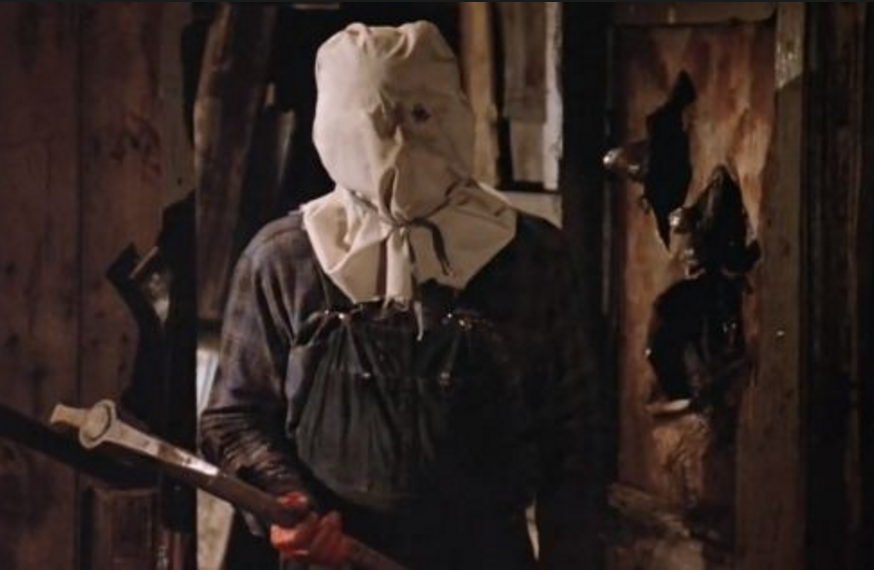
But more interesting than Jason’s potential disability is one of the lead roles in Friday the 13th, Part 2. Taking place after the events of the first film, the sequel follows another group of horny teens returning to Camp Crystal Lake. One of them is Mark (Tom McBride), a confident, good-looking guy who happens to be a wheelchair user. I’d actually never seen the movie or heard about the character until I interviewed Chucky director Don Mancini several years ago. He cited Mark as an influence on the creation of Chucky final girl Nica (Fiona Dourif). For Mancini, he wanted to showcase a character who was hot, smart, cool, and is disabled. Mark (Tom McBride) is a charming guy with an athletic build and his disability stems from being a masculine daredevil.
As he tells one of the other Camp Crystal Lake counselors, he was hurt in a motorcycle accident and “I don’t intend to be in this thing [a wheelchair] all my life.” It’s a throwaway line that stinks of ableism, as if to remind the audience that they should empathize with Mark because he doesn’t want to be disabled and doesn’t plan to be. God forbid he just be an athlete who now uses a wheelchair and is fine with it. However, and it’s a big however, inserting a disabled character like Mark into the horror world situates him as no different from his cinematic peers. They’re all bloody notches on a serial killer’s belt. And while Mark says he doesn’t plan on being disabled forever there is no wish fulfillment to found in Mark’s statement nor does one get the sense that, were he abled, his outcome in the narrative would be different.
In a franchise known for its gratuitous sex scenes, Friday the 13th: Part 2 is pretty chaste. Only one couple gets impaled while engaging in sexual activity. But when it comes to disability, those with them are generally portrayed in movies as asexual or otherwise pining for love and intimacy that never happens. Not so with Mark who is a sexual character with good looks and, more importantly, has that reciprocated if only because the 1980s sold themselves on the amount of teens having sex in them. He and fellow counselor Vickie (Lauren-Marie Taylor) get a solid make-out session and are on their way to having sex before that pesky Jason comes a-calling. Mark dying without having sex has nothing to do with his disability, it’s just the hazard of being in a horror movie.
If there’s anything gratuitous in Friday the 13th: Part 2 it’s Mark’s death. Cited by horror lovers as one of the most brutal deaths in the franchise, Mark takes Jason’s iconic machete to the face before he and his wheelchair fall backwards, out of the cabin, and down a huge stone staircase apparently hiding off-camera. Seriously, where has that staircase been the whole movie? It’s a bit much. Why do horror films feel the need to go the extra mile on disabled deaths? Is it because the death of disabled characters is edgy? Maybe it’s an attempt to surprise able-bodied audiences or use the shock value to catch them off-guard.
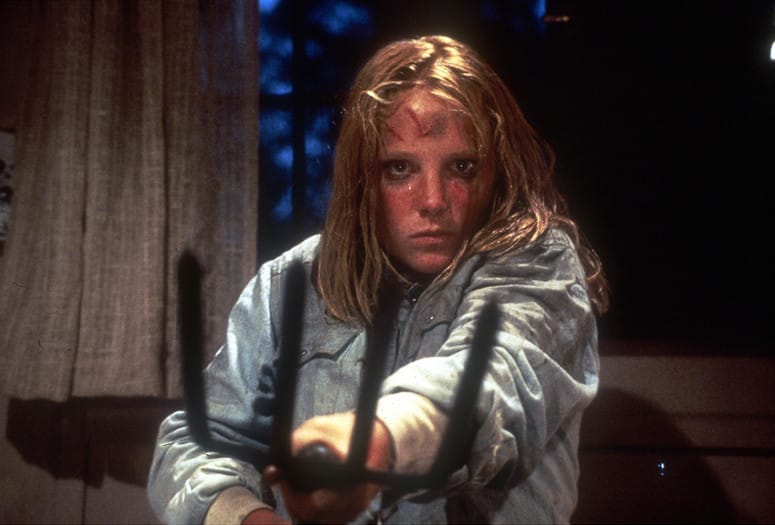
The disabled, with their on-screen history of helplessness and victimhood puts them in the same category as children and animals as off-limits groups for slashers. They are the invisible line in the sand, a verboten group of untouchables due to their perceived innocence or the fact that they’re easier prey. Though Mark is on the same metaphorical footing as his abled friends, his disability still makes him more vulnerable to ableism. However, he’s relatable to disabled viewers because they understand his limitations and use what they have at their disposal. If death is the great equalizer, it’s nice seeing characters like them not depicted as overly weak or inferior.
Have you considered subscribing to The Film Maven’s Founders Plan? As a Founder you can set up regular Zoom meetings with me to learn how to get into film journalism or publishing. Founders also receive regular care packages and swag! Consider becoming the ultimate Film Maven Founder today.
What do you think about Mark or Friday the 13th: Part 2? How do you look at disabled characters in the horror genre?
